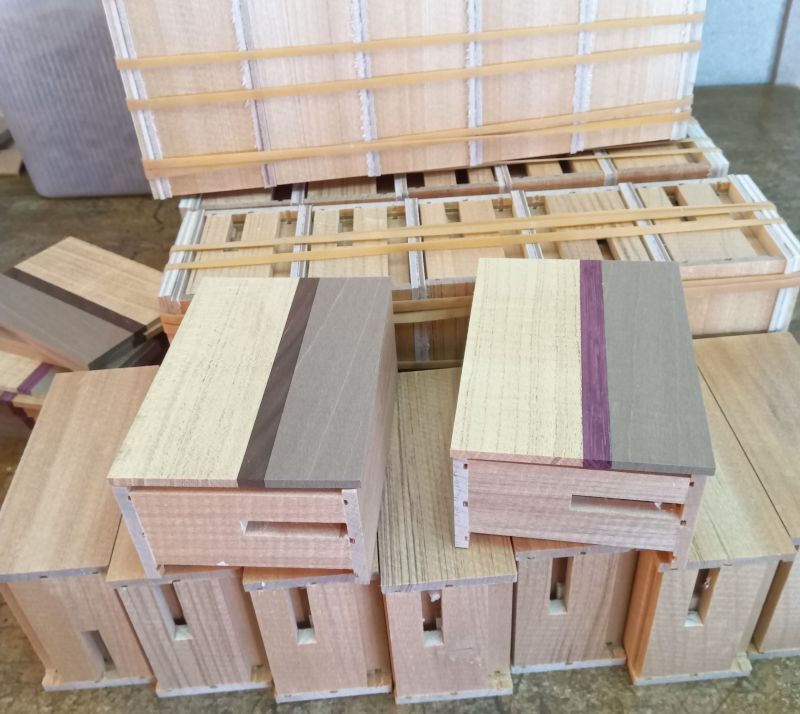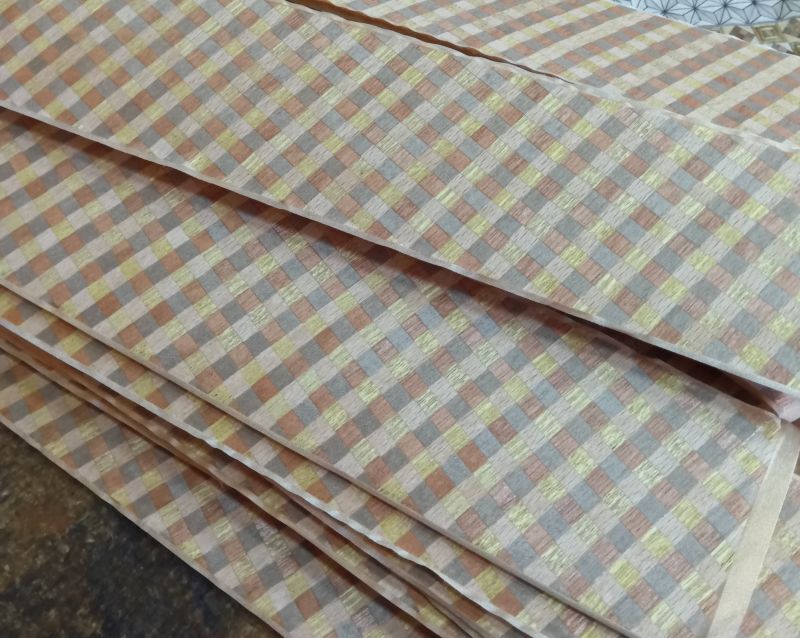Double compartment (2)
First, I have something different from work to talk about. We often go to a few Chinese restaurants in our neighborhood that are run by Chinese owners, and I really like them and went there yesterday.There are several reasons why these places are so appealing. First of all, the prices are very affordable. A set menu (which includes rice, a main dish, soup, salad, pickles, and a side dish) is just 1,000 yen. You won’t find prices like this at a Chinese restaurant run by Japanese owners. The same menu would cost two to three times as much at a Japanese-run place. What's even more surprising is that if you want to change the soup in the set to "ramen," they'll do it for just an extra 100 yen. If you're not familiar with "ramen," you can check it out here (https://en.wikipedia.org/wiki/Ramen) And the portions are huge—you’ll definitely leave feeling full. I don’t change the soup to "ramen," even for 100 yen, because the portions are already more than enough, and I wouldn't be able to finish it all if I did. Why do they offer such generous deals? Perhaps it's part of their national character to have a strong sense of hospitality. And from what I’ve observed, they work very hard—they’re always on the move😲 So whenever I crave their Chinese food, I stop by for a visit.
Today, I'm working on the double compartment Japanese puzzle box. Since I'm in a bit of a hurry, I've already cut the solid wood panels for the lids. Fortunately, it's very sunny and hot, so by placing the panels in this heat, I believe they will shrink and dry out sufficiently. If the solid wood lids aren't dried enough, they may shrink further later on, causing gaps to appear on the top surface of the box. The cut panels look like the ones in the photo.
After gluing the top and bottom pabels, I can't move on to the next process right away. Unlike plywood, solid wood boards can warp due to the moisture in the glue, and it takes about a day for them to settle. So after gluing the panels today, I'll secure them with rubber bands and wait until the next day.
Tomorrow, I'll be attaching the side panels shown in the photo. As you can see, this time I'm using the checkered pattern (Ichimatsu) side panels that I created. This design was requested by an overseas shop (with traditional Yosegi on the top and bottom panels and ichimatsu side panels), so I'll be using this design for all the side panels. The woods used in this ichimatsu pattern are beech, nyatoh, hoo, and urushi.
Today, I also started working a bit on the 6-sun 54-step puzzle box. That will continue next week...😄
Today, I'm working on the double compartment Japanese puzzle box. Since I'm in a bit of a hurry, I've already cut the solid wood panels for the lids. Fortunately, it's very sunny and hot, so by placing the panels in this heat, I believe they will shrink and dry out sufficiently. If the solid wood lids aren't dried enough, they may shrink further later on, causing gaps to appear on the top surface of the box. The cut panels look like the ones in the photo.
After gluing the top and bottom pabels, I can't move on to the next process right away. Unlike plywood, solid wood boards can warp due to the moisture in the glue, and it takes about a day for them to settle. So after gluing the panels today, I'll secure them with rubber bands and wait until the next day.
Tomorrow, I'll be attaching the side panels shown in the photo. As you can see, this time I'm using the checkered pattern (Ichimatsu) side panels that I created. This design was requested by an overseas shop (with traditional Yosegi on the top and bottom panels and ichimatsu side panels), so I'll be using this design for all the side panels. The woods used in this ichimatsu pattern are beech, nyatoh, hoo, and urushi.
Today, I also started working a bit on the 6-sun 54-step puzzle box. That will continue next week...😄

